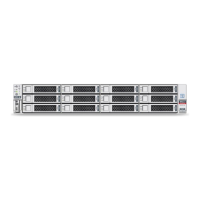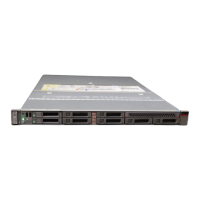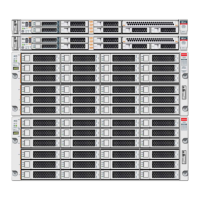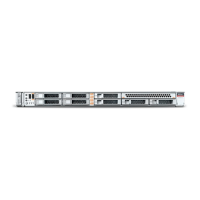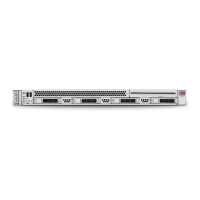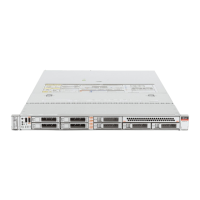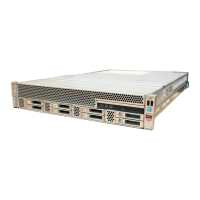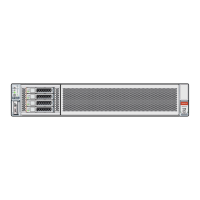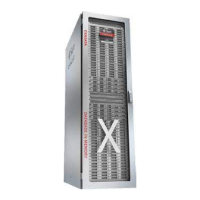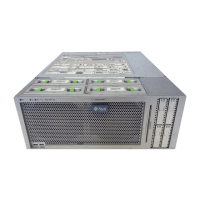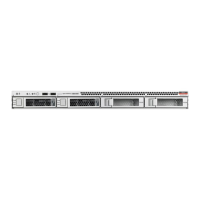Accessing Oracle ILOM
Oracle ILOM Management Connection Options
Before you can access Oracle ILOM, you must cable the server for a remote network
management connection or a local serial management connection. You have the following
options for establishing a management connection to the server service processor.
Management
Connection
Management Port Description
Dedicated
Remote Network
Management
Connection
NET MGT The NET MGT port on the chassis is a dedicated in-band Ethernet port that securely segregates
management traffic away from the host. By attaching an active LAN connection to the network
management port (NET MGT), you can log in to Oracle ILOM through the web or through an
SSH connection from a remote system on the network.
To maintain the most reliable and secure environment for Oracle ILOM, the dedicated network
management port on the server must always be connected to an internal trusted network or
dedicated secure management/private network.
Dedicated
Local Serial
Management
Connection
SER MGT The SER MGT port on the chassis provides a secure local connection to the Oracle ILOM
command-line interface using a serial terminal or terminal emulator.
This connection is particularly useful when a local console is the only way to access and
diagnose system failures, or when you need to modify the preconfigured Oracle ILOM network
properties prior to establishing a LAN connection.
Shared Sideband
Network
Management
Connection
NET0–NET3
Note - The
number of ports
varies depending
on the server
model.
You can optionally connect to Oracle ILOM and manage the server remotely through one of the
NET ports on the chassis by configuring a sideband management connection to Oracle ILOM.
This eliminates the need to support two separate network connections for host and management
traffic. However, this approach could: (1) potentially decrease the connection performance to
Oracle ILOM, and (2) potentially create security risks if Oracle ILOM traffic is transmitted over
an untrusted network.
To configure Oracle ILOM to transmit management traffic through a sideband management
connection, you must change the default management port value from MGMT to one of the data
ports on the server, NETN where N is the port number (0 through 3) depending on how your
server is equipped.
Host-to-ILOM
Interconnect
Internal A communication channel known as the Host-to-ILOM Interconnect enables communication
between the host OS and Oracle ILOM without the use of the network management port. The
Host-to-ILOM Interconnect is particularly useful when you want to perform these Oracle ILOM
tasks locally:
■ All server management functions in Oracle ILOM that you typically perform from the
command line, web, or IPMI interfaces through the network management (NET MGT)
connection on the server.
■ All data transfers, such as firmware upgrades, to Oracle ILOM that you typically perform
from the host over a Keyboard Controller Style (KCS) interface using IPMI flash tools. For
these types of server management environments, the Host-to-ILOM Interconnect can provide
a more reliable and potentially faster data transfer rate than traditional KCS interfaces.
■ All future server monitoring and fault detection operations that you typically perform from
the host operating system through the use of Oracle enabled software tools and agents
installed on the server.
22 Oracle X7 Series Servers Administration Guide • September 2017
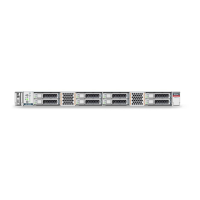
